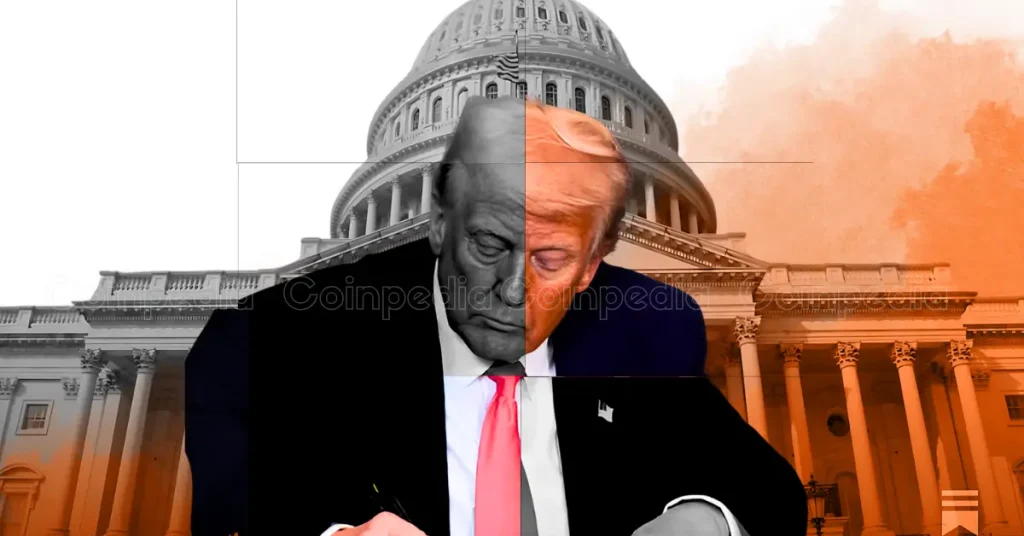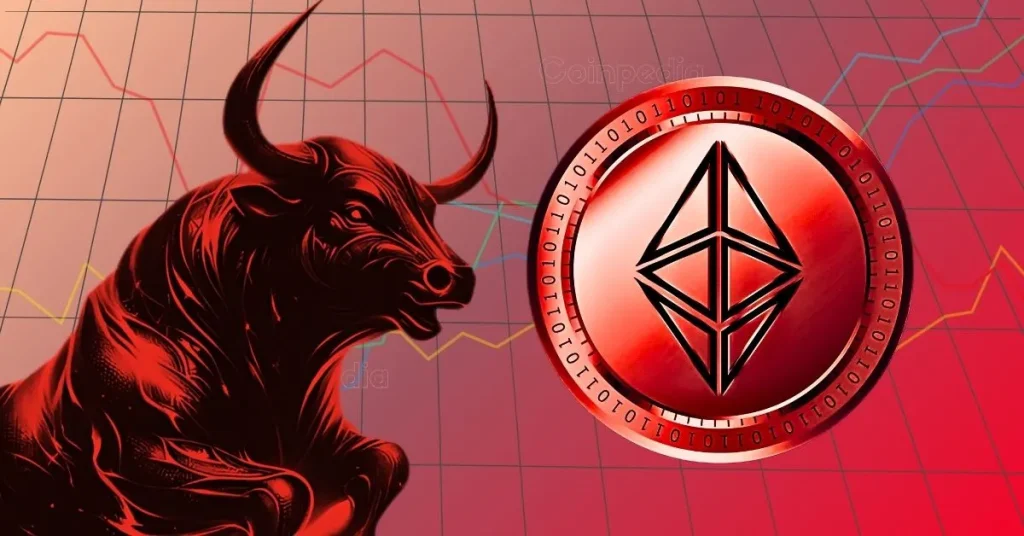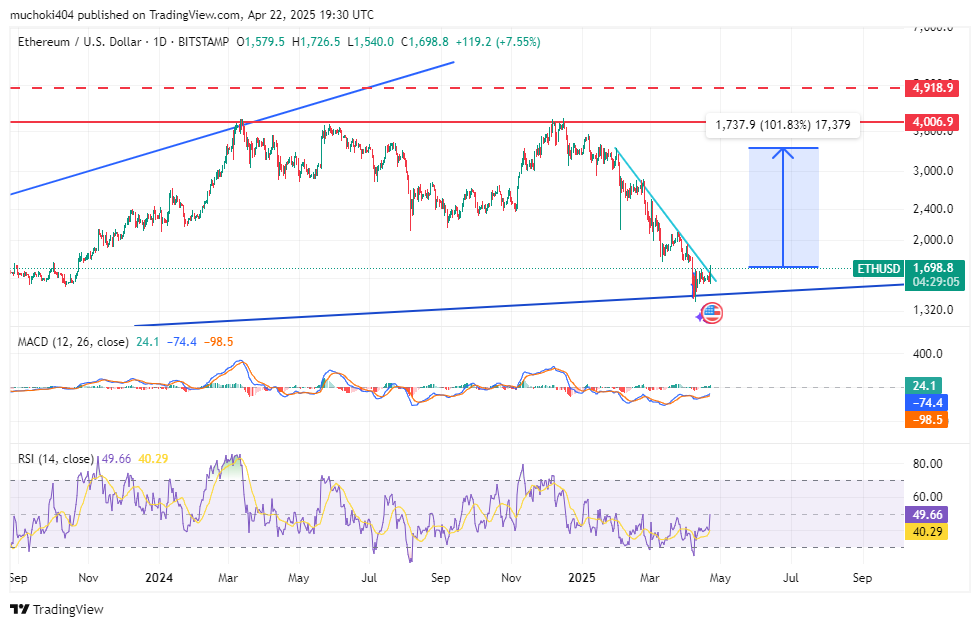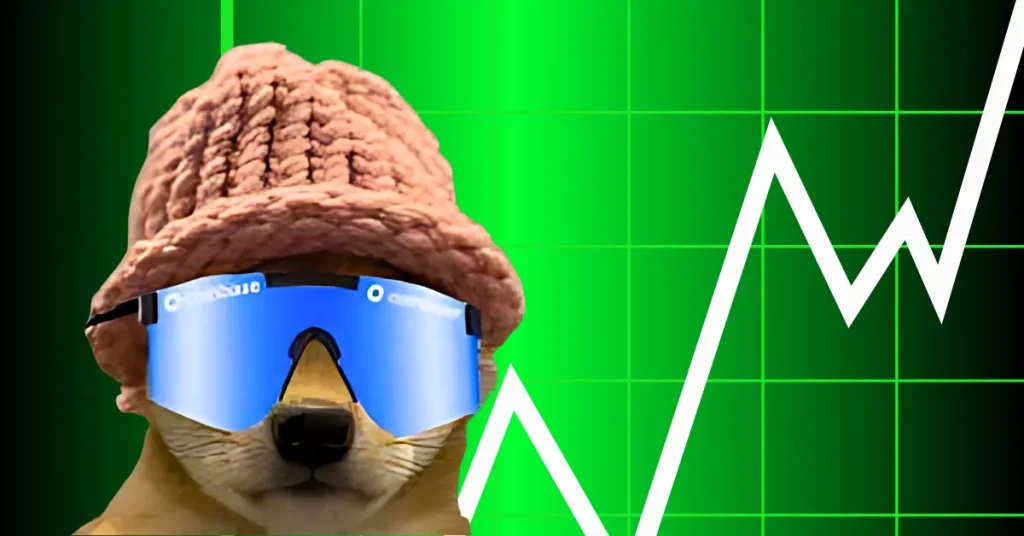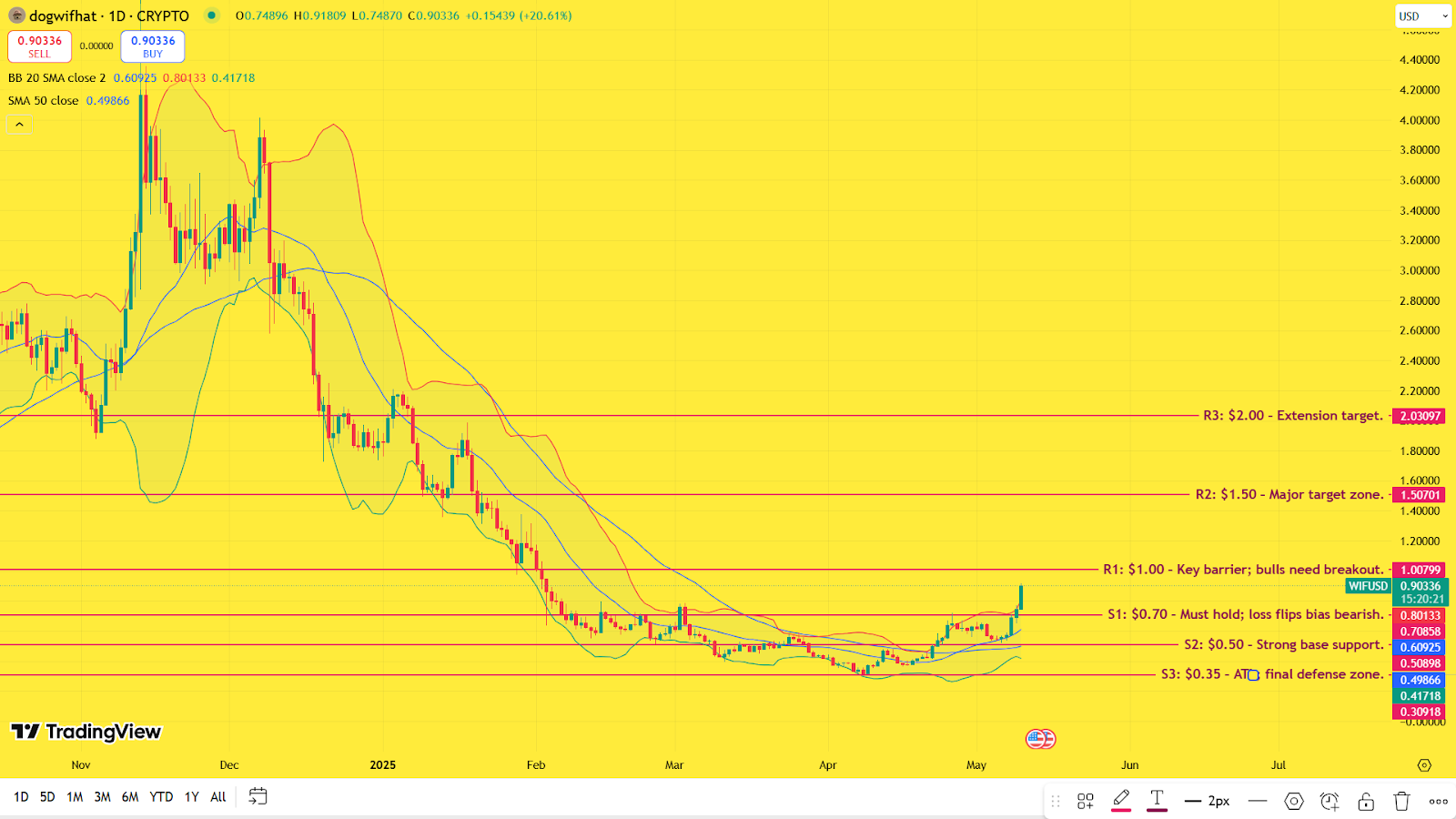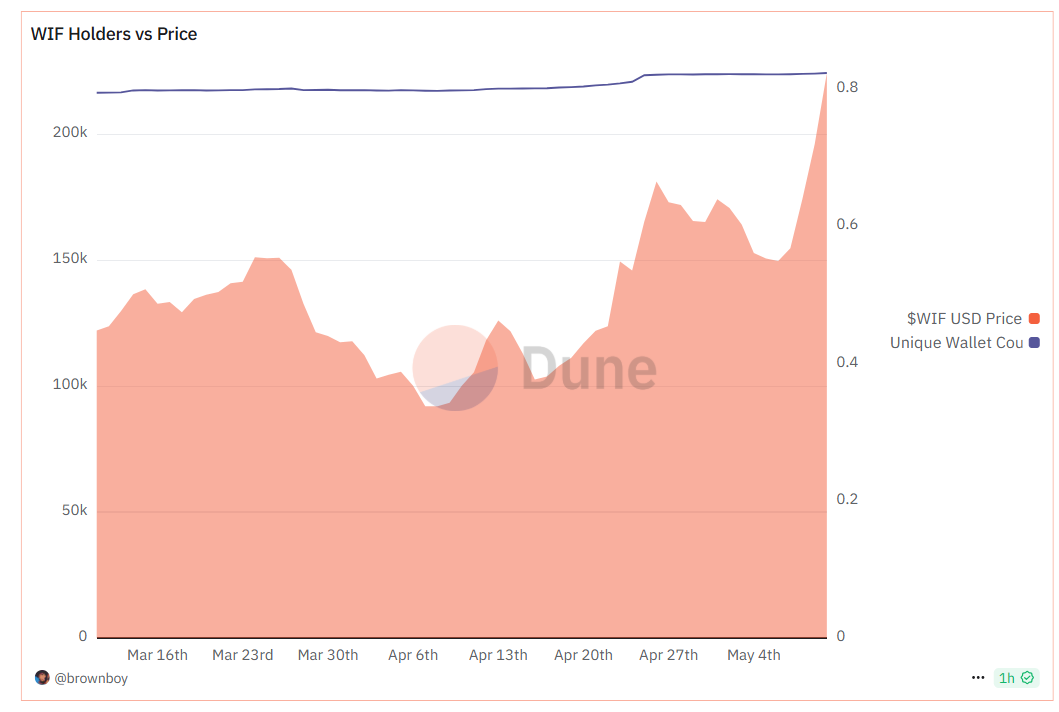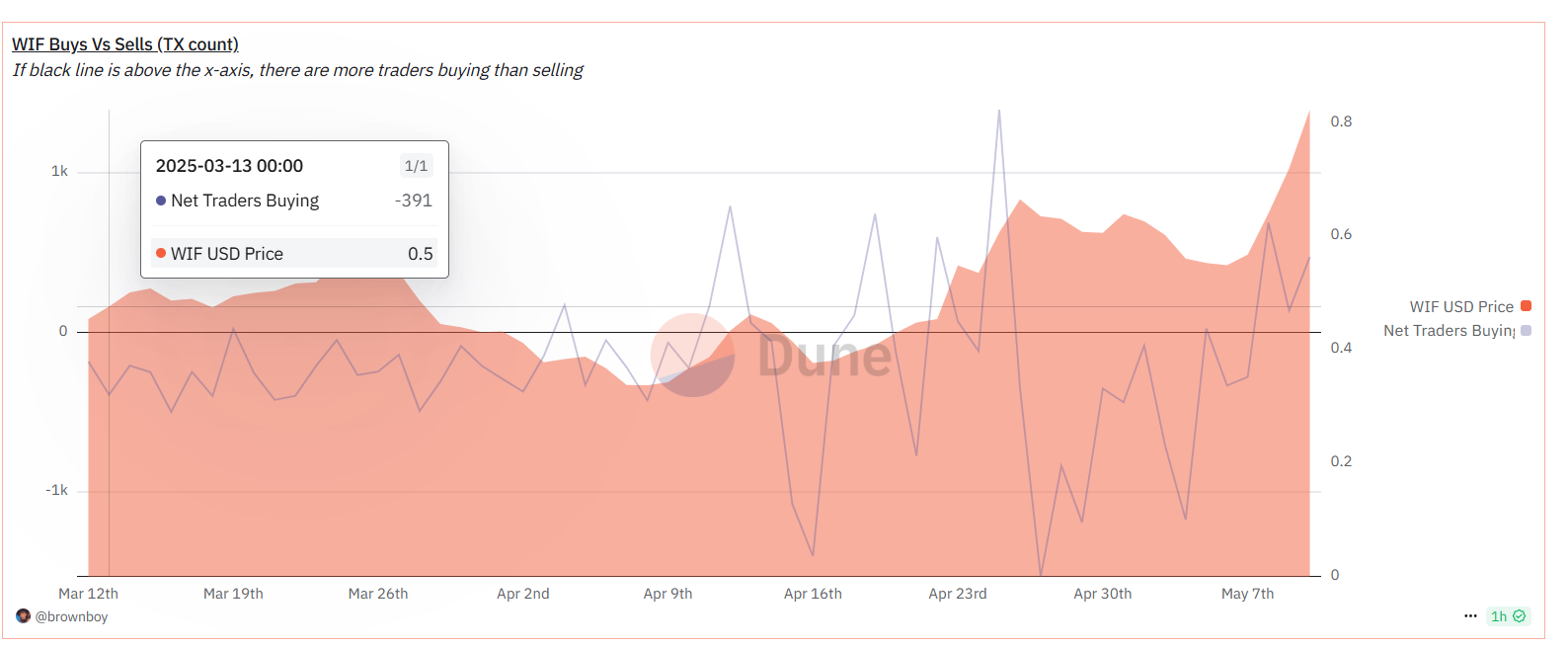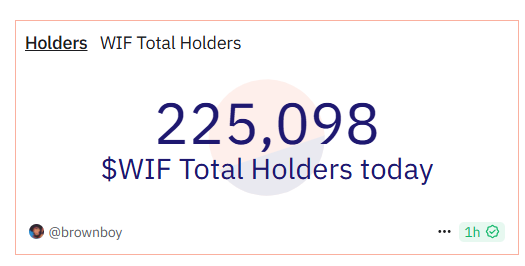
Elon Musk’s Tesla stock price faced a slump in the last few days, as the earnings report highlights a significant drop. As the stock and crypto markets had crashed earlier, the impact was significant on Tesla’s Bitcoin holding, affecting their earnings. However, with new updates and investors’ settled sentiments, the TSLA price is rising again. Time to buy? Let’s discuss.
Tesla Stock Price Settles After Earnings Report
The Tesla stock price has been down nearly 27% in YTD, and the primary stimulus is Tesla’s 71% drop in the Q1 net income, according to CNN. The Tesla earnings report reveals that the company only managed a profit due to the sale of $595M in regulatory credit, not cars.
More importantly, the Gross automotive profit margin dropped to its lowest since 2012, concerning stock investors. The TSLA stock price hit bottom at $221.86 in early April due to macroeconomic events, and again crashed to $227.50 amid the earnings report.

However, the stock has recovered significantly as Elon Musk plans to exit D.O.G.E. (Department of Government Efficiency). This decision was made concerning the performance of the company and the constant allegations that Musk was using D.O.G.E. to avoid legal issues.
Experts anticipate that Tesla is in serious trouble, but Musk denies the claims, stating, “We’re not on the ragged edge of death.”
Although he has admitted that there are challenges, he remains optimistic. Additionally, the Airbnb co-founder and Tesla board member Joe Gebbia has purchased 4,000 shares of Tesla, making it the first insider purchase since 2020.

This suggests increasing confidence in the company. Due to these events, the TSLA stock price regained some uptrend, currently worth $285.88. Many crypto stock prices are also attempting to recover amid improving macroeconomic events.
Tesla Stock Price News: When to Buy?
In these ups and downs, some investors are seeing a buying opportunity. One such crypto expert presented the timelines on when to sell and when to buy. According to StrengthPlan, the investors can consider buying once the Tesla stock price reaches $222 in May.
At that time, it would act as a local bottom retest, providing the right opportunity. The post also mentioned the stock reaching the same local bottom in January 2026, acting as a buying opportunity.
At the same time, it mentioned $465 as the all-time rejection zone, i.e., the stimulus to sell. Interestingly, the next selling point is $645 once it hits a new ATH.

Overall, the expert’s analysis forecasts a potential TSLA price crash in May 2025 and a new ATH in summer 2026.
The post Tesla Stock Price Reclaims Uptrend After Earnings Report Crash, Here’s When to Buy, Per Experts appeared first on CoinGape.



